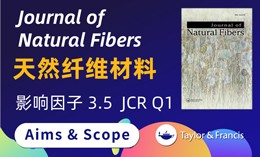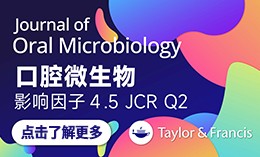当前位置:
X-MOL 学术
›
BMC Microbiol.
›
论文详情
Our official English website, www.x-mol.net, welcomes your feedback! (Note: you will need to create a separate account there.)
Spatial structure of the microbiome in the gut of Pomacea canaliculata.
BMC Microbiology ( IF 4.2 ) Pub Date : 2019-12-05 , DOI: 10.1186/s12866-019-1661-x Lan-Hua Li 1, 2 , Shan Lv 2 , Yan Lu 2 , Ding-Qi Bi 1 , Yun-Hai Guo 2 , Jia-Tong Wu 2 , Zhi-Yuan Yue 2 , Guang-Yao Mao 2 , Zhong-Xin Guo 3 , Yi Zhang 2 , Yun-Feng Tang 1
BMC Microbiology ( IF 4.2 ) Pub Date : 2019-12-05 , DOI: 10.1186/s12866-019-1661-x Lan-Hua Li 1, 2 , Shan Lv 2 , Yan Lu 2 , Ding-Qi Bi 1 , Yun-Hai Guo 2 , Jia-Tong Wu 2 , Zhi-Yuan Yue 2 , Guang-Yao Mao 2 , Zhong-Xin Guo 3 , Yi Zhang 2 , Yun-Feng Tang 1
Affiliation
BACKGROUND
Gut microbes can contribute to their hosts in food digestion, nutrient absorption, and inhibiting the growth of pathogens. However, only limited studies have focused on the gut microbiota of freshwater snails. Pomacea canaliculata is considered one of the worst invasive alien species in the world. Elucidating the diversity and composition of the microbiota in the gut of P. canaliculata snails may be helpful for better understanding the widespread invasion of this snail species. In this study, the buccal masses, stomachs, and intestines were isolated from seven P. canaliculata snails. The diversity and composition of the microbiota in the three gut sections were then investigated based on high-throughput Illumina sequencing targeting the V3-V4 regions of the 16S rRNA gene.
RESULTS
The diversity of the microbiota was highest in the intestine but lowest in the buccal mass. A total of 29 phyla and 111 genera of bacteria were identified in all of the samples. In general, Ochrobactrum, a genus of putative cellulose-degrading bacteria, was the most abundant (overall relative abundance: 13.6%), followed by Sediminibacterium (9.7%), Desulfovibrio (7.8%), an unclassified genus in the family Aeromonadaceae (5.4%), and Cloacibacterium (5.4%). The composition of the microbiota was diverse among the different gut sections. Ochrobactrum (relative abundance: 23.15% ± 7.92%) and Sediminibacterium (16.95 ± 5.70%) were most abundant in the stomach, an unclassified genus in the family Porphyromonadaceae (14.28 ± 7.29%) and Leptotrichia (8.70 ± 4.46%) were highest in the buccal mass, and two genera in the families Aeromonadaceae (7.55 ± 4.53%) and Mollicutes (13.47 ± 13.03%) were highest in the intestine.
CONCLUSIONS
The diversity and composition of the microbiome vary among different gut sections of P. canaliculata snails. Putative cellulose-degrading bacteria are enriched in the gut of P. canaliculata.
更新日期:2019-12-05



























 京公网安备 11010802027423号
京公网安备 11010802027423号